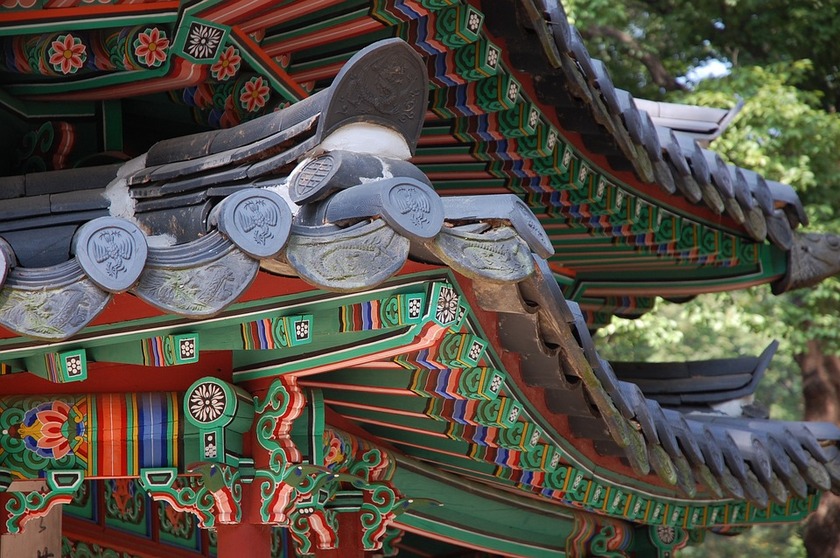Traveling to South Korea: Essential Tips and Insights
Prior to the coronavirus pandemic, South Korea was blossoming into one of the next great tourist destinations in Asia. In 2009, the country received just over seven million international visitors. Fast forward to 2019, that number surged to over 17 million.
Traveling to South Korea During the Coronavirus Pandemic
The upward trend in South Korean tourism was expected to continue, prompting officials to overhaul their visa application system, which included the introduction of an online e-Visa aimed for launch towards the end of 2021. The application will require various documents for a South Korean visa, including a valid passport. Fortunately, many travelers presently do not need a visa to enter South Korea. Consequently, several essential preparations should be considered by potential visitors.
South Korea’s Initial Reaction to COVID-19
Similar to every other nation worldwide, South Korea has been actively dealing with the repercussions of the coronavirus. Initially, the government took precautionary measures by closing borders to international travel to focus on containing the virus spread within the country. When borders reopened to international visitors, it was a cautious process. Therefore, health officials aimed to maintain the progress made in combating the virus.
Current Guidelines for Travelers
In an effort to protect its citizens, the South Korean government implemented strict policies for incoming travelers. As part of these protocols, every traveler entering South Korea must undergo a fourteen-day quarantine. This factor is crucial for anyone planning a trip to South Korea. If a traveler does not have documented proof of residency for their quarantine, they will be taken directly from the airport to a designated government facility for the duration of their isolation.
Further Preparations for South Korean Travel
Traveling during a pandemic can present unique challenges. Visitors to South Korea should focus on the same precautions they implement in their daily lives. The most effective way to avoid contracting COVID-19 is to limit exposure to others. While this can be difficult during air travel, practicing good hygiene, including frequent hand washing, using hand sanitizers, and wearing facemasks, will significantly decrease the risk of infection both en route and once in South Korea.
Understanding South Korean Culture
South Korean culture is rich and diverse. It is important to familiarize oneself with local customs before traveling. For instance, it is customary to remove shoes when entering a home. Although many Koreans are used to Western habits, it is always respectful to adapt. Additionally, some visitors may be surprised to see the use of the middle finger for gestures; this is not considered an insult but simply a different way of indicating.
Exploring South Korean Cuisine
South Korean food is celebrated globally. Visitors may find some dishes quite different from what they are used to. Here are a few popular items you can expect to encounter:
- Kimchi: Often referred to as fermented cabbage, kimchi encompasses a wide variety of fermented vegetables, commonly served as side dishes.
- Bibimbap: A mixed rice dish that can feature a multitude of ingredients, typically including beef, vegetables, and rice.
- Bulgogi: A favorite Korean barbecue dish featuring marinated grilled beef.
- Hoeddeok: A sweet Korean pancake, popular in winter, with a crunchy exterior and a soft, fluffy interior.
Author Bio: Abhirup Banerjee is an experienced content writer who shares valuable travel tips through various renowned travel blogs.




